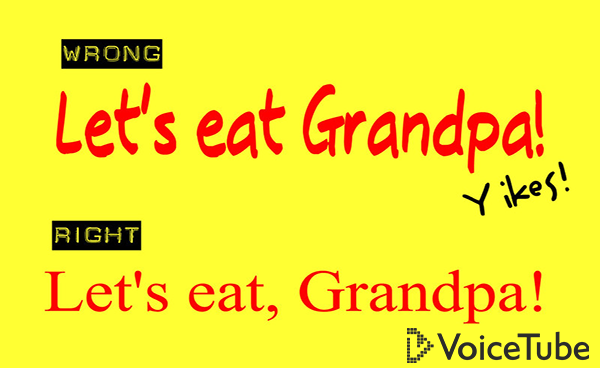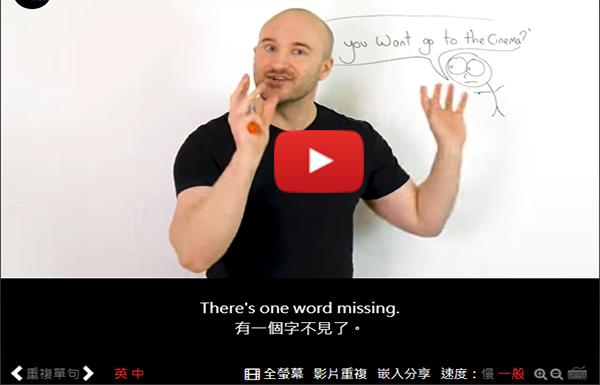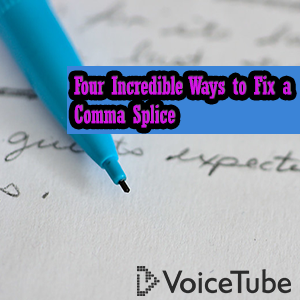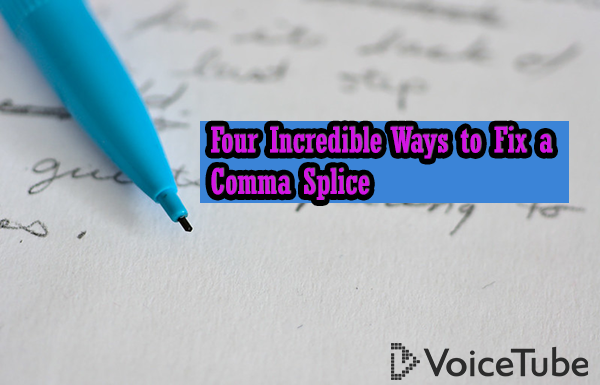Do You Always Get Told to Stop Comma Splicing?
Four Incredible Ways to Fix a Comma Splice
Read the Blog to Find Out How
Introduction to Commas and Splicing
The comma is one of the most important punctuation marks in English, but it’s also by far the hardest to master. Besides the fact that there are many strict comma rules and uses, their purpose is often debated amongst writers and editors. Some writers find frequent commas unnecessary—and interruptive—while others sprinkle commas into their work any chance they get.
Why do we even need commas? After all, we could still read English, even without them. First, they help us read and understand what a sentence or idea is trying to convey. Commas tell us when to pause, that extra information is being added to a sentence, or that another independent clause is on the way and so forth.
On top of that, they can also control the tempo and cadence of a sentence or a phrase. Sometimes using a comma makes a sentence flow better and gives it a rhythm that may otherwise feel flat. There is some flexibility with comma usage, but you should understand the rules well before tossing commas into every sentence and breaking from convention. Today, we are going to look at the comma splice and find fixes that will make your teachers, readers, and editors happy.

What is a Comma Splice?
As someone who has been a teacher, a writer, and an editor in Taiwan, the comma splice is by far the most abused and broken punctuation rule I encounter. Most students I meet have no idea what is wrong with replacing a period with a comma. They write like they speak, which is fine when you are texting your friend on Instagram, but proper written English doesn’t usually match how we speak—Speech is usually far more casual and less grammatically strict.
Okay, so what is the comma splice? Let’s look at two short examples.
Example 1: Micky ate the pizza. He really liked it.
Example 2: Micky ate the pizza, he really liked it.
Which of these examples is correct? If you guessed number one, then you are right! Both “Micky ate the pizza” and “he really liked it” are whole sentences (independent clauses), so you cannot just stick a comma in between them. Comma splices are sometimes called run-on sentences; but for this article, I am going to stick to calling them comma splices.
Examples of Comma Splicing
Example 1: I liked the movie, it was really funny.
Example 2: She watered the plants yesterday, it was sunny so they needed water.
Example 3: My glasses are broken, I think you stepped on them.
Frequent comma splicing can really confuse readers and make your writing look messy. Now, let’s talk about four ways that you can fix a comma splice and turn your thoughts into beautiful writing that people will easily understand and want to read.

Method One: Make Separate Sentences
This is probably the easiest way to fix a comma splice. Remember, short sentences are totally fine, and you should use them. Just don’t use too many of them back to back, since it can make your writing seem very simple and boring.
Incorrect: I like chocolate, I eat it every day.
How to Fix This? “I like chocolate” and “I eat it every day” are both independent clauses. They have a subject (I), a verb (like/eat), and an object (chocolate/it). Every day is essentially just extra information about the timing of the action.
Correct: I like chocolate. I eat it every day.
See! It’s that simple. Let’s try one more.
Incorrect: She is the best, I love her.
You can just use a period after the first independent clause and make two short sentences.
Correct: She is the best. I love her.
Method Two: Add a Conjunction
Maybe you have a lot of short sentences, so you don’t want to go with the first option. Luckily, we can alter a comma splice into a compound sentence with a conjunction in order to make grammatically correct longer sentences. We just need to keep the comma and add a conjunction (and, but, or, yet, etc.)
Incorrect: The man was pooping in the woods, he saw a bear.
Correct: The man was pooping in the woods, and he saw a bear.
That “and” let us keep our comma! Let’s do one more with a different conjunction.
Incorrect: She loves to go to the zoo, she doesn’t want to go today.
Correct: She loves to go to the zoo, but she doesn’t want to go today.
This method requires you to understand conjunctions, so it may be trickier than method one. Nonetheless, this option allows you to make nice long sentences.

Method Three: Change the Comma to a Semicolon
Oh-oh! The semicolon is a scary punctuation mark for many. This is a less beginner-friendly option, but it can be a GREAT way to add some nuance and variety to your writing.
Incorrect: Cats are afraid of water, they don’t like baths.
To fix this, all we need to do is replace the comma with a semicolon.
Correct: Cats are afraid of water; they don’t like baths.
The semicolon is stronger than a comma, so it can be used between two independent clauses. However, the two sentences MUST be related. I will show you what I mean with the next example.
Incorrect: Bagels are my favorite food; I ate a doughnut for breakfast today.
Is this a good use of a semicolon? No, not really. The two independent clauses don’t relate to one another. There is nothing about bagels or what you like for breakfast in the second clause. You would be better off going with method one or two for this example.
Incorrect: I am studying Chinese, Chinese is the hardest language to learn.
Correct: I am studying Chinese; Chinese is the hardest language to learn.
This is much better. Both sentences relate to my experience with studying Chinese. The second sentence adds more information about my experience with learning Chinese.
Method Four: Subordination
Our final method for fixing a comma splice! Like semicolons, using subordination is trickier. Subordination means we will add an adverb or conjunction to form a complex sentence. The new sentence will contain one dependent clause and one independent clause. Unfortunately, this will not always be an option without greatly altering your original sentence, so be careful when you try to use this method. If this is over your head so far, just check out the examples below.
Incorrect: Ice cream is great in the summer, it is too cold to eat ice cream today.
Correct: Although ice cream is great in the summer, it is too cold to eat ice cream today.
Correct: Ice cream is great in the summer, though it is too cold to eat ice cream today.
All we did was add the word although/though; you can place it at the beginning of the sentence or in the middle. However, you cannot use this method if the two clauses do not relate to one another. Let’s try one more.
Incorrect: I went to Brazil when I was a child, I saw a toucan.
Correct: When I went to Brazil as a child, I saw a toucan.
Correct: I saw a toucan when I went to Brazil as a child.
Like the first sentence, the two clauses on both sides of the comma had a relationship. If there were no relationship, I could not have used subordination.
Most Common Grammar Mistake Ever!! Don’t Do This!
Commas Splicing Exceptions
Are comma splices ever okay? I knew you would ask. The simple answer is yes. Comma splicing can be acceptable in certain forms of writing. For example, I write fiction, and I will comma splice in order to make the writing more lively. It’s especially common with dialogue and poetry. Heck, even some style guides allow comma splices.
Very good writers have been known to comma splice, but when it comes to writing academic or professional papers, you should try to avoid them. Once you become a highly proficient writer, you might be able to break the rules more often in your own writing. Here are a few famous examples of comma splices to send you off.
“I came, I saw, I conquered”
– Julius Caesar
“There is nothing I would not do for those who are really my friends. I have no notion of loving people by halves, it is not my nature.”
-Jane Austen
“It was the best of times, it was the worst of times… ”
-Charles Dickens
Images
Day 148: The end of the line by Bruce Guenter
Direct Address Commas by Denise Krebs
Polygonia c-album by xulescu_g

